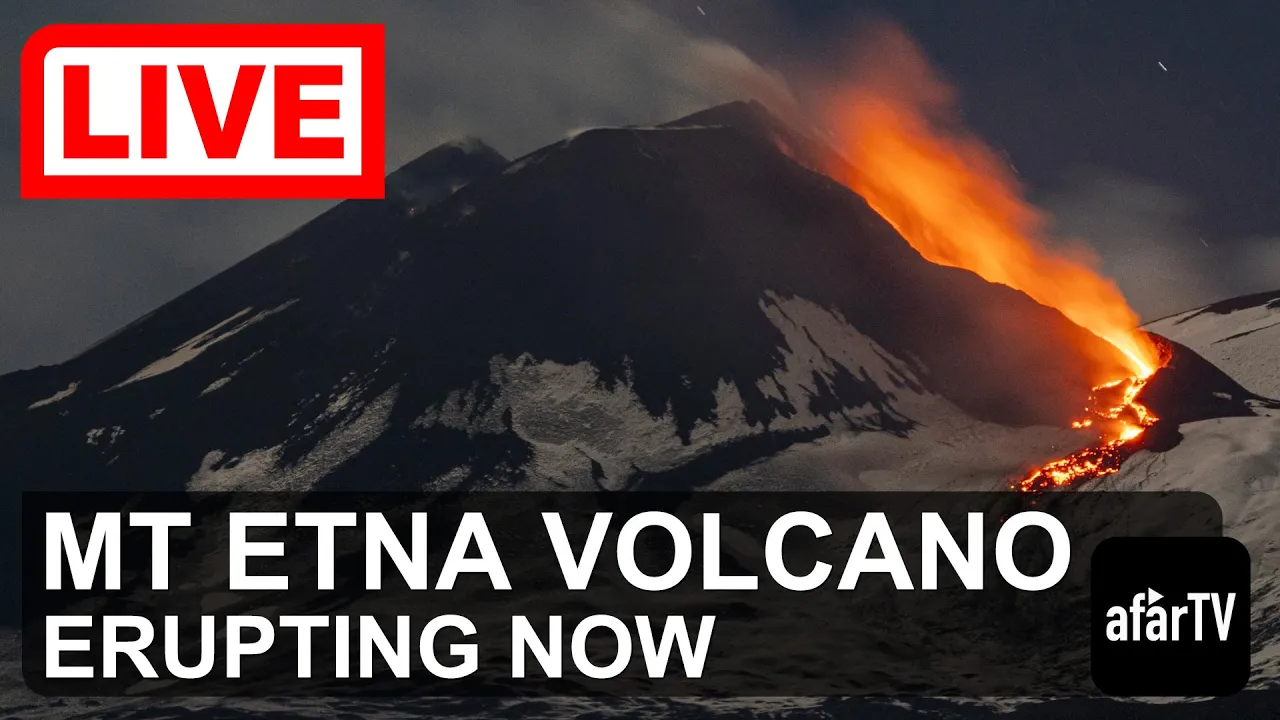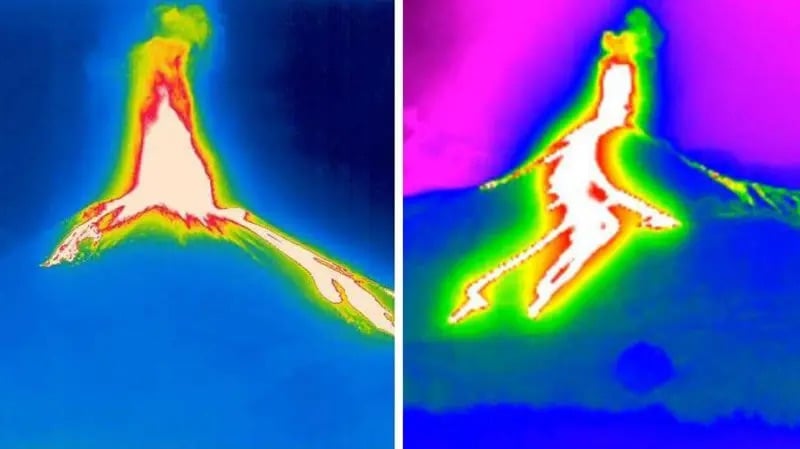Dramatic Footage as Mount Etna Erupts and Tourists Flee

Mount Etna, one of the largest volcanoes in the world, has erupted today leading to dramatic footage of tourists fleeing its slopes.
A plume of gases, ash, and rock billowed miles into the air as social media footage shows people scurrying off the mountain, which is a popular tourist site for people visiting Sicily.
#ITALY: New video shows Mount #Etna erupting. pic.twitter.com/zqZHU4FR03
— GRX (@GlobalReportX) June 2, 2025
🚨 Baroque facades and a volcanic eruption — this is Sicily today
Mount Etna erupts!
Italy 🇮🇹pic.twitter.com/B0mywIJnWG
— Mambo Italiano (@mamboitaliano__) June 2, 2025
JUST IN – Insane close-up video of Mount Etna erupting
— Insider Paper (@TheInsiderPaper) June 2, 2025
Etna is the largest volcano in Europe, twice the height of Mount Vesuvius which famously buried Pompeii. Despite Mount Etna being one of the world’s most active volcanoes, there hasn’t been an eruption as large as this for over a decade.
Despite the huge eruption, the ash is expected to miss the city that lies at the foot of Mount Etna, Catania. The city’s airport as well as nearby Palermo remain open, too.
Fortunately, everyone appears safe and although the volcano is spewing lava, it’s not expected to hit any built-up areas.


Geologists monitoring Mount Etna’s recent eruption believe part of the volcano’s crater may have collapsed, with the resulting material being carried down the slopes.
Although pyroclastic flows can pose serious risks, authorities have not reported any immediate threat to surrounding areas, per the BBC.
According to the latest update from Italy’s National Institute of Geophysics and Volcanology (INGV), the volcanic debris has not moved beyond the Valley of the Lion — the furthest point accessible to tourists heading toward the summit.
The institute reported the first signs of increased volcanic activity at 12.40 AM local time later confirming a “Strombolian” eruption was underway. These eruptions are typically marked by bursts of lava caused by gas pressure building up in the magma chamber. When gas bubbles rise and burst at the surface, they propel volcanic material into the air — a process often compared to the release of pressure from a shaken carbonated drink.



